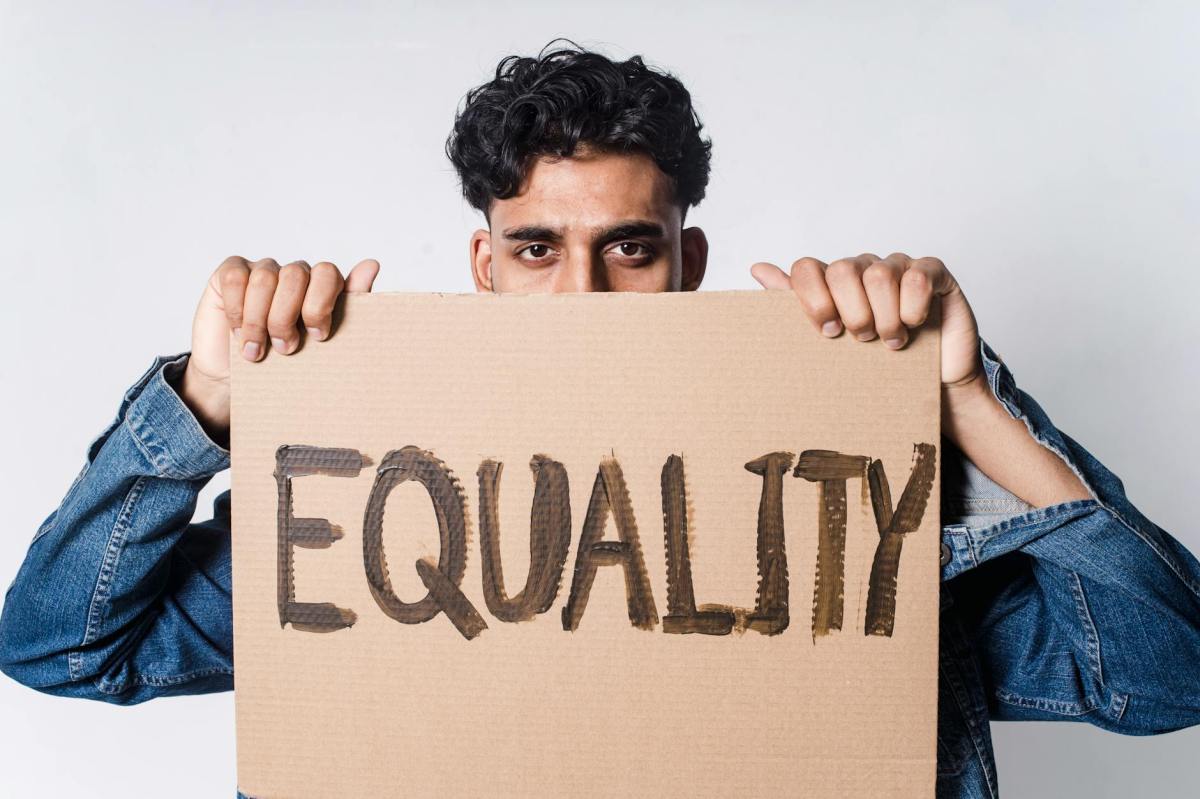Hello, everyone! Today, I want to delve into the fascinating relationship between Shintoism and Christmas in Japan, focusing on the captivating diversity they both embody. Japanese culture is renowned for its skillful blend of different values and traditions. By exploring this phenomenon in depth, we can rediscover the richness that lies at the heart of our everyday culture.
What are the “Eight Million Gods” in Shintoism?
In Shintoism, the term “Eight Million Gods” (yaoyorozu no kami) refers to the countless deities present in nature and human life. This concept, recognizing divinity in every element of nature – mountains, rivers, trees, and even the wind and rain – is deeply connected to the diversity of Japanese culture.
How Japan Embraces Christmas
Conversely, while Christmas originates as a Christian holiday, in Japan, it transcends its religious connotations to be widely celebrated as a cultural event. This demonstrates Japan’s ability to adopt foreign cultures, interpreting and enjoying them in its unique way.
The New Values Created by the Fusion of Different Cultures
The diversity in Shintoism and the acceptance of Christmas might seem contradictory at first glance, but they actually share many commonalities. While Shintoism finds divinity in diverse natural phenomena and human activities, embracing the world inclusively, the way Christmas is embraced in Japan shows a willingness to understand and enjoy foreign cultures in a uniquely Japanese manner.
The Evolution of Japanese Culture
Thus, Japan has historically integrated various cultures and values, creating its unique diversity. The concept of “Eight Million Gods” in Shintoism, symbolizing the diversity of the natural and human world, influences how modern Japanese society accepts foreign cultures, like the Western holiday of Christmas.
Conclusion
Japanese culture continually evolves through the acceptance and fusion of diverse elements at its foundation. Living within this culture, by embracing diversity, we can build a richer worldview.
I hope you all enjoy exploring the diverse aspects of Japanese culture. I’m looking forward to your comments and thoughts! Stay tuned for the next blog!









